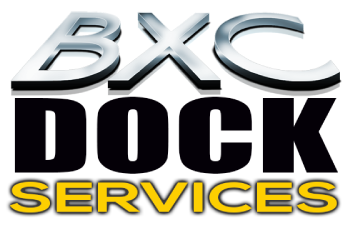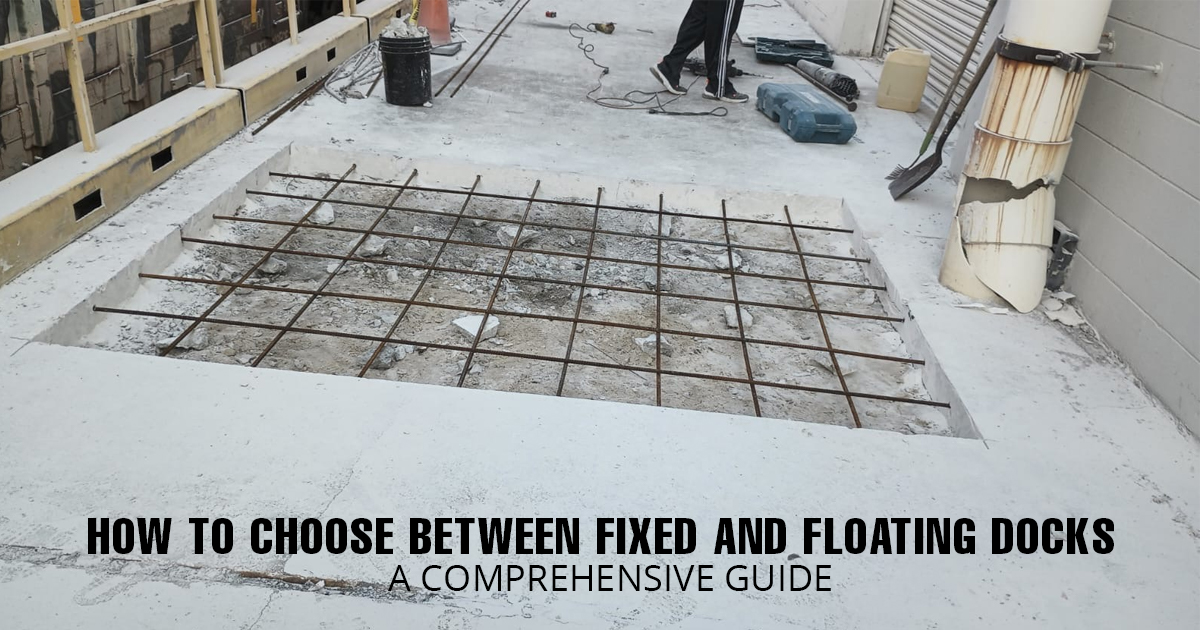Building a dock can be more complicated than it first seems. Many businesses focus only on the price of equipment, but site conditions, installation, and maintenance can greatly affect the overall cost. Unexpected expenses like concrete repairs, permits, or extra labor can delay the project or increase the budget. BXC Dock Services provides expert guidance to help companies plan each step of their Loading dock Doral project, ensuring a smoother process from start to finish.
Common Challenges in Dock Construction
- Choosing the Right Dock Type: Fixed in-pit docks provide a durable, permanent solution with a smooth interface between the building and trailers. However, they require significant site preparation, including excavation and concrete work, which can increase downtime and costs. Floating or no-pit options, such as edge-of-dock levelers or portable ramps, avoid pit construction and can be installed faster. We help businesses evaluate these options to match dock type with operational needs and budget.
- Additional Equipment and Features: Vehicle restraints, dock levelers, seals, and overhead doors are crucial for safety and climate control, but each adds to the overall cost. Without proper planning, these components can lead to repeated repairs and higher expenses. BXC Dock Services ensures all equipment is selected and installed to suit the workflow, reducing unexpected costs and improving efficiency.
- Site Condition Challenges: Problems like cracked concrete, poor drainage, or limited headroom may require extra work during construction. Overlooking these issues can result in expensive retrofits later. We conduct thorough site surveys to identify potential obstacles and provide recommendations, keeping projects on schedule and within budget.
Planning for Equipment and Installation Costs
Dock equipment itself is a major part of the budget. Hydraulic or vertical levelers are more expensive initially, but handle heavy, repeated use better. Mechanical or edge-of-dock levelers might save money upfront, but may not be suitable for high-cycle environments. Vehicle restraints, bumpers, and dock doors also influence both cost and functionality. BXC Dock Services evaluates each facility’s operations to recommend solutions that balance initial investment with long-term performance.
Labor and civil work also contribute heavily to the overall cost. Correct installation, alignment, anchoring, and electrical or hydraulic hookups are essential to avoid problems later. In-pit docks require more structural work, while no-pit options reduce downtime and return the dock to service faster. We ensure professional installation at every step, minimizing delays and keeping the budget on track.
Considering Long-Term Maintenance
Maintenance costs are often overlooked, but they are crucial for preventing expensive repairs. Regular inspections, service, and stocked replacement parts extend the life of dock equipment. Planning for these costs helps businesses avoid unexpected downtime. We emphasize lifecycle planning, showing clients the true cost of ownership, not just the initial dock installation cost.
Seals, shelters, and doors also play a role. Properly installed, they protect inventory, reduce energy loss, and keep equipment in good condition. Without these features, companies might face higher energy bills or faster wear on the dock. We provide tailored solutions that meet operational needs while keeping costs under control.
Smart Budgeting for Dock Projects
Creating an accurate dock construction budget starts with a complete site survey. This includes checking pit feasibility, drainage, concrete condition, and headroom. Defining operational requirements such as truck fleet, weight capacity, cycle rate, and climate control ensures that equipment and installation choices are right for the business.
Requesting detailed, itemized proposals covering equipment, civil work, electrical and hydraulic hookups, and seals or doors helps compare options clearly. Adding contingency funds for unexpected repairs, permit delays, or structural issues keeps the project on track. BXC Dock Services provides professional estimates covering all aspects of a project, so businesses can plan effectively and avoid surprises.
Making the Right Choice with BXC Dock Services
Choosing the right dock means balancing upfront costs, operational needs, and ongoing maintenance. Whether considering dock construction cost for fixed or floating docks, or assessing the best dock for lakes and rivers, we provide professional guidance to match the solution to each site. Their expertise ensures that installation, equipment selection, and maintenance planning all align for smooth operations and long-term value.
Take the Next Step for Your Dock Project
Budgeting doesn’t have to be complicated. Contact BXC Dock Services today to schedule a professional site survey or request a detailed estimate. Their team delivers expert guidance on Loading Dock Repair, equipment selection, and installation strategies, helping businesses protect their investment and keep docks running efficiently. Planning with professionals ensures a safer, more reliable, and cost-effective dock for years to come.
Frequently Asked Questions
- What affects dock construction cost the most?
Equipment choice, site preparation, installation complexity, and additional features like seals and doors are the main cost drivers. - How do fixed and floating docks differ in budget?
Fixed docks require more site work and cost more upfront, but are durable. Floating or no-pit docks cost less initially and install faster, but may not handle heavy daily use as well. - Should maintenance be included in budgeting?
Yes. Maintenance, inspections, and spare parts are critical to avoid downtime and unexpected expenses. - Can BXC Dock Services handle both installation and repair?
Yes. They offer full services, including Loading Dock Repair and professional dock installation. - How can I estimate costs for my site?
We provide detailed site surveys and itemized proposals tailored to each project’s equipment, civil work, and operational requirements.




